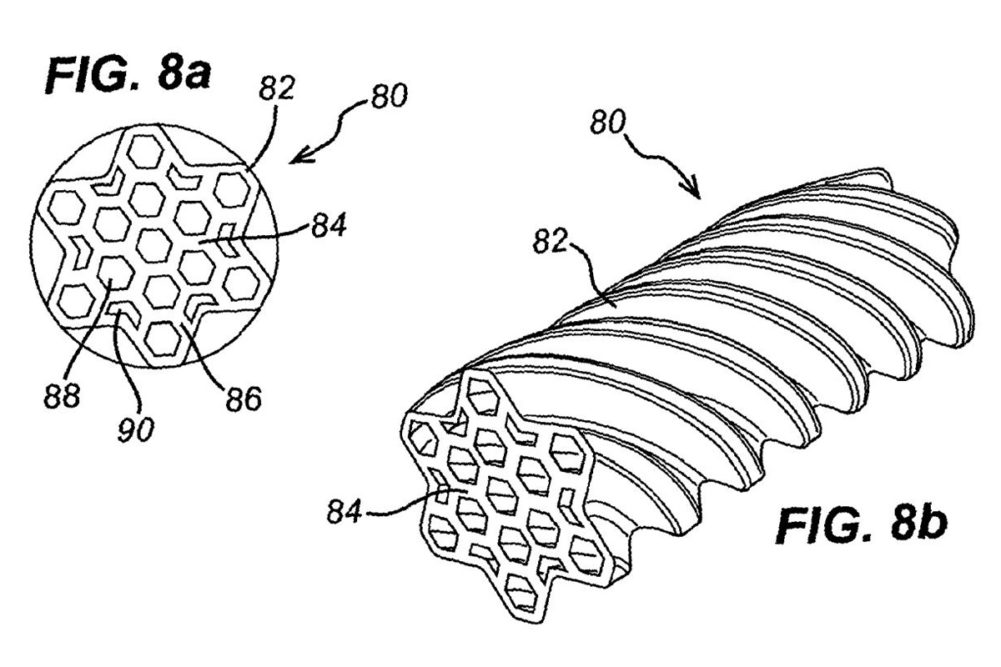ALEXANDRIA, VA. — Pet industry sales reached $123.6 billion in 2021, with pet food and treat sales alone accounting for roughly $50 million, according to the latest data from the American Pet Products Association (APPA). Sales growth for pet nutrition products grew 13.6% from 2020, exceeding expectations and contributing to another year of record-setting growth for the industry at large.
To stoke this growth, manufacturers and suppliers are continually innovating their formulations and processes to advance the science and efficacy behind dog and cat food products. These innovations encompass a shift toward functional formulations, including those that address specific health concerns such as inflammation, digestion and obesity, as well as methods to boost the efficiency of processing equipment, provide manufacturers with more processing flexibility, and incorporate more active ingredients without compromising bioavailability or food safety.
Nearly 100 patents were granted for these innovations in 2021 by the US Patent and Trademark Office. Pet Food Processing has compiled 33 innovations that stood out in the areas of pet food formulation, safety and production.
January 2021
Palatable foods for a methionine-restricted diet
This patent describes a method of oxidizing nearly all methionine and cysteine in a human food or veterinary diet. After oxidation, tryptophan and lysine can be added back into the diet, along with a small amount of methionine, to reach a target ratio of methionine to total protein.
According to authors of the patent, a methionine-restricted diet can benefit companion animals who are overweight or metabolically unhealthy. Studies have shown that methionine restriction in rodents resulted in a 25% increase in longevity; these results are expected to translate to dogs and cats as well.
US Patent No. 10,897,921 (Jan. 26, 2021), Finley, J. W. et al., assigned to Board of Supervisors of Louisiana State University and Agricultural and Mechanical College, Baton Rouge, LA.
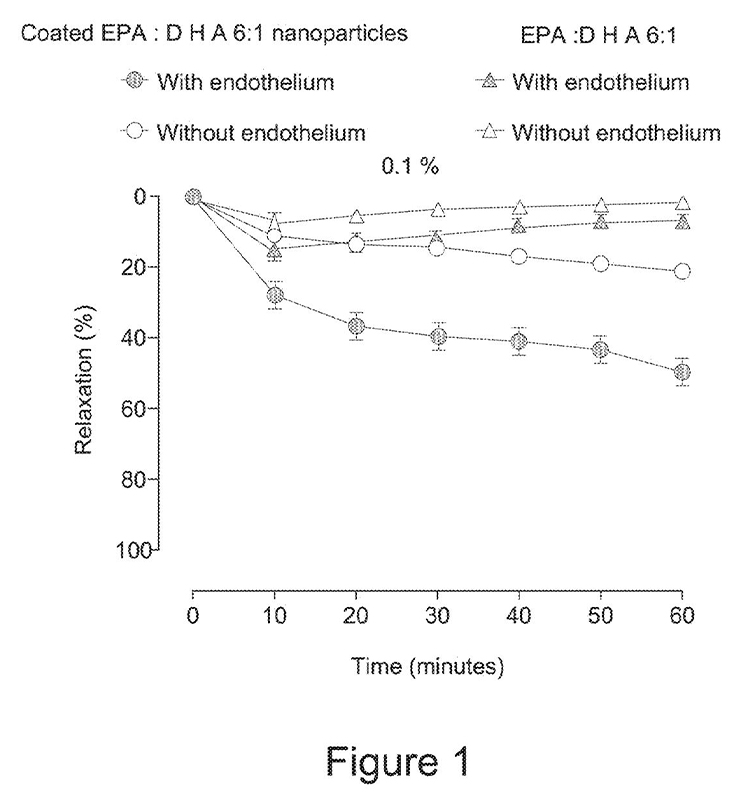 US Patent No. 10,912,326 (Feb. 9, 2021), MacSweeney, R. et al., King Township, CA
US Patent No. 10,912,326 (Feb. 9, 2021), MacSweeney, R. et al., King Township, CA
February 2021
Nanoformulations containing encapsulated Omega 3 fatty acids
As the functional benefits of fish oil become more widely known in the pet nutrition space, many are looking at the use of more sustainable, alternative marine-based oils with similar benefits, such as those derived from krill, microalgae and other sources. This patent describes a method of encapsulating nanoparticles that comprise at least one Omega 3 fatty acid — eicosapentaenoic acid (EPA) and/or docosahexaenoic acid (DHA) — to increase the potency and bioavailability of these ingredients.
This technology can be applied to a wide range of nutritional solutions, including pet foods, meat products, baked goods and many others.
US Patent No. 10,912,326 (Feb. 9, 2021), MacSweeney, R. et al., King Township, CA
Chemical mitigants in animal feed and feed ingredients
On the topic of food safety, this patent describes the inclusion of chemical mitigants to reduce the presence of pathogenic bacteria in pet food and feed products and ingredients. The chemical mitigants, including medium chain fatty acids, essential oils and sodium bisulfate, are generally safe for these applications, according to the authors of this patent, and can help prevent or decrease the presence of PEDv and/or Salmonella as a post-processing treatment.
US Patent No. 10,918,118 (Feb. 16, 2021), Jones, C. K. et al., assigned to Kansas State University Research Foundation, Manhattan, KS.
April 2021
Protein-containing compositions
Wild Earth, Inc., a pet food and treat company focused on alternative proteins, describes a formulation containing specified levels of non-animal protein derived from fungi, bacteria, algae or synthetic animal cells, as well as intact yeast cells, plant-based flour and starch, vegetable oil and nutritional supplements. The compositions are intended for heat-expanded extrusion processing to create a final human or pet food product.
The company cited environmental sustainability and stewardship as the key reasons for exploring alternative protein compositions.
“…Approximately six to 17 times more land, four to 26 times more water, and 11 times more fossil energy are needed to produce animal-sourced protein than the commensurate amount of plant-sourced protein,” the patent stated.
US Patent No. 10,973,242 (April 13, 2021), Shigeta, R. et al., assigned to Wild Earth, Inc., Berkeley, CA.
Animal food product for dental efficacy, methods of manufacture and use
Hill’s Pet Nutrition has developed a specific kibble formula and processing method to improve dental health in dogs and cats. The formula contains a hydrolyzed protein and a starch high in amylopectin with one or more reducing sugars. As part of the invention, one or more amino acid groups in the hydrolyzed protein are covalently bonded to the reducing sugars to promote dental efficacy.
US Patent No. 10,973,243 (April 13, 2021), Jewell, D. et al., assigned to Hill's Pet Nutrition, Inc., Topeka, KS.
Compositions comprising Omega 3 polyunsaturated and medium chain fatty acids
Aside from addressing dental efficacy in pets, Hill’s Pet Nutrition also seeks to treat and prevent inflammation in cats by using medium chain triglycerides (MCTs) and Omega 3 fatty acids. The formulation contains specific levels of caprylic or capric acid and effective amounts of DHA or EPA that, when combined in a cat food composition, result in a synergistic decrease in proinflammatory substances such as cytokines.
US Patent No. 10,973,244 (April 13, 2021), Jackson, M. et al., assigned to Hill's Pet Nutrition, Inc., Topeka, KS.
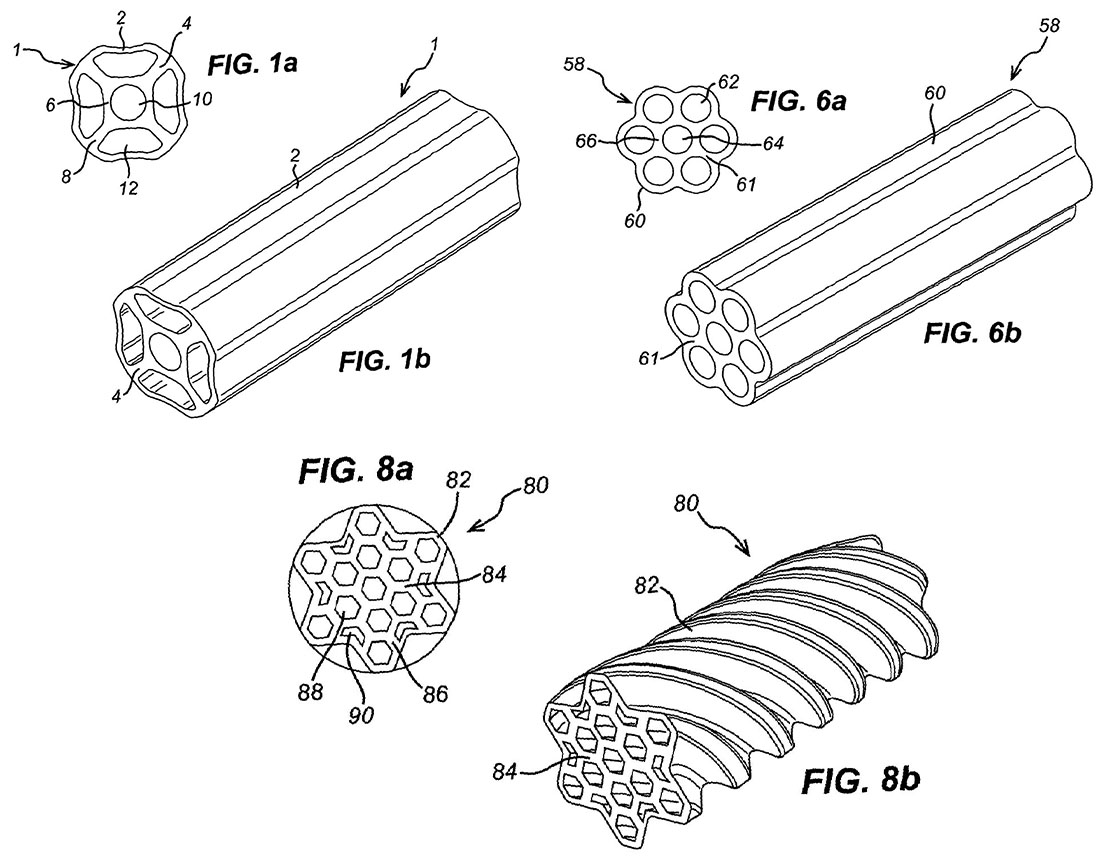 US Patent No. 10,980,254 (April 20, 2021), Elliott, M. I. et al., assigned to Mars, Incorporated, McLean, VA.
US Patent No. 10,980,254 (April 20, 2021), Elliott, M. I. et al., assigned to Mars, Incorporated, McLean, VA.
Edible animal chews
This invention by Mars, Inc. describes a fully edible, long-lasting chew for dogs. The chew includes an internal support structure to increase chew time while providing teeth-cleaning benefits, surrounded by an outer wall. The extruded chew could include starch-based carbohydrates, protein or both, as well as fiber, vitamins, minerals, antioxidants, and other conventional ingredients.
Mars provided several shape variations to which the patented concept can be applied.
US Patent No. 10,980,254 (April 20, 2021), Elliott, M. I. et al., assigned to Mars, Incorporated, McLean, VA.
Control of pathogenic bacteria in foods
This invention addresses pathogen control in a coated kibble food for pets. The coating described includes a combination of chicken fat and lecithin, sucrose monoesters of fatty acids, or glycerol monoesters of fatty acids. When applied to a pet food kibble, the coating can effectively reduce the presence of Salmonella by about 99% for at least 60 days. This method can also be applied to raw beef or poultry prior to the grinding process.
US Patent No. 10,986,851 (April 27, 2021), Sawyer, A. J. et al., assigned to Nevada Naturals Inc., Albuquerque, NM.
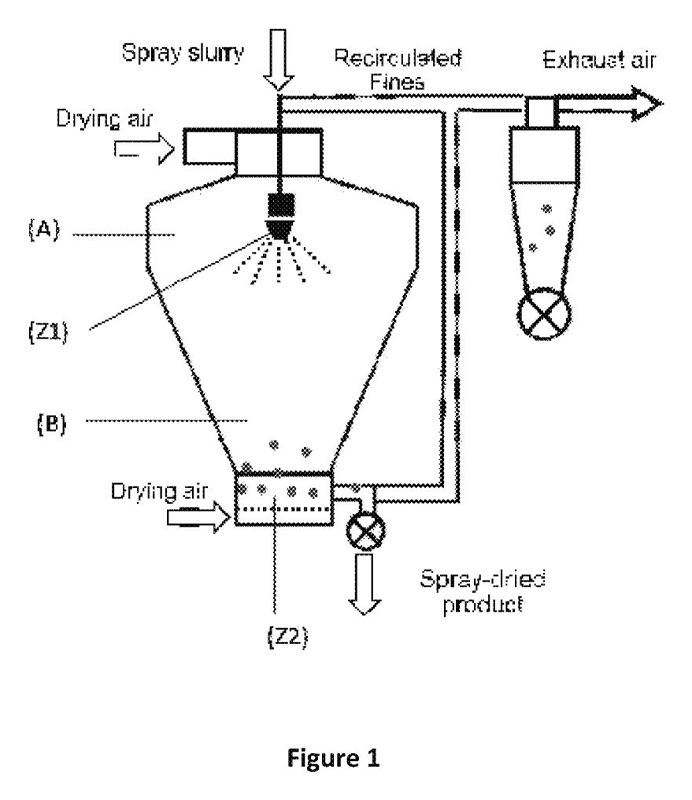 US Patent No. 10,993,463 (May 4, 2021), Wei Brodt, J. et al., assigned to Symrise AG, Holzminden, DE.
US Patent No. 10,993,463 (May 4, 2021), Wei Brodt, J. et al., assigned to Symrise AG, Holzminden, DE.
May 2021
Method for producing large agglomerate particles
Symrise provides a way to dispense agglomerate particles larger than 200 to 300 μm by spray drying, a process which typically limits particle size between 70 and 100 μm. The company describes an agglomeration spray-drying device that can effectively dispense larger, toxicologically safe, stable, and soluble particles with a high load of active substances — such as palatants — in a low-dust application.
This method can be applied to a variety of feedstuffs for companion animals, livestock and other domesticated animals.
US Patent No. 10,993,463 (May 4, 2021), Wei Brodt, J. et al., assigned to Symrise AG, Holzminden, DE.
Edible pet chew for dental care of companion animals
This patent describes an edible, tubular pet chew containing thin slices of sweet potato and a fillable interior cavity. The inner portion of the chew would contain a plaque-reducing material made with natural plant extracts such as yucca, cinnamon, clove, or a combination of the three.
US Patent No. 11,013,244 (May 25, 2021), Albert, K. L., assigned to Karen Lori Albert, Malibu, CA.
Liquid animal feed for domestic cats or dogs and methods for producing the same
This milk-based supplement for domestic cats is designed to be easy to administer, easy to digest, and readily accepted by felines. The formula is based on cow’s milk but with lower levels of lactose, and may include plant-based sugar or malt to improve taste, vitamins, minerals and amino acids such as taurine to supplement nutrition, and plant-based fibers to support digestion.
US Patent No. 11,013,246 (May 25, 2021), Deuerer, H., assigned to Growth Finance Plus AG, Grommiswald, CH.
June 2021
Filling machine and method for filling up liquid or pasty masses with external collecting vessel
Last June, Handtmann received a patent for a filling device that can be used for sausage-type products. This invention is designed to efficiently and inexpensively separate liquid gaseous and solid ingredients during the pumping process to prevent interruptions in the process.
US Patent No. 11,039,625 (June 22, 2021), Haederer, K. et al., assigned to Albert Handtmann Maschinenfabrik GmbH & Co. KG, Biberach, DE.
High thermal transfer hollow core extrusion screw assembly
In recent years, pet food processors have been incorporating higher levels of fresh meat into dry kibble formulations. These ingredients, which are high in moisture, can pose problems for conventional extrusion technologies. Wenger Manufacturing, Inc. was awarded a patent for a twin screw extrusion assembly that addresses these shortcomings and allows for successful extrusion of pet foods containing high levels of fresh meat.
US Patent No. 11,039,629 (June 22, 2021), Wenger, L. et al., assigned to Wenger Manufacturing Inc., Sabetha, KS.
 US Patent No. 11,039,629 (June 22, 2021), Wenger, L. et al., assigned to Wenger Manufacturing Inc., Sabetha, KS.
US Patent No. 11,039,629 (June 22, 2021), Wenger, L. et al., assigned to Wenger Manufacturing Inc., Sabetha, KS.
July 2021
Process for producing a composition for increasing muscle mass
MYOS RENS Technology, which manufactures muscle-building performance supplements for dogs and humans, describes a stable, pathogen-free, egg-based nutritional composition for increasing muscle mass in humans and animals. The invention can be used as a food ingredient or additive and is comprised of egg yolk, egg white or whole egg.
US Patent No. 11,051,524 (July 6, 2021), Buxmann, W. et al., assigned to Myos Rens Technology Inc., Cedar Knolls, NJ.
Pet supplement
This patent describes a method for processing a pet supplement, wherein an aqueous protein solution and a fat constituent are mixed into the supplement, cooled, and then stored before being reheated and incorporating a thickening agent. The processing method is designed to provide a palatable supplement that is easier to administer to animals than other supplement formats.
US Patent No. 11,058,128 (July 13, 2021), Paris, A., assigned to Amy Paris, Chicago, IL.
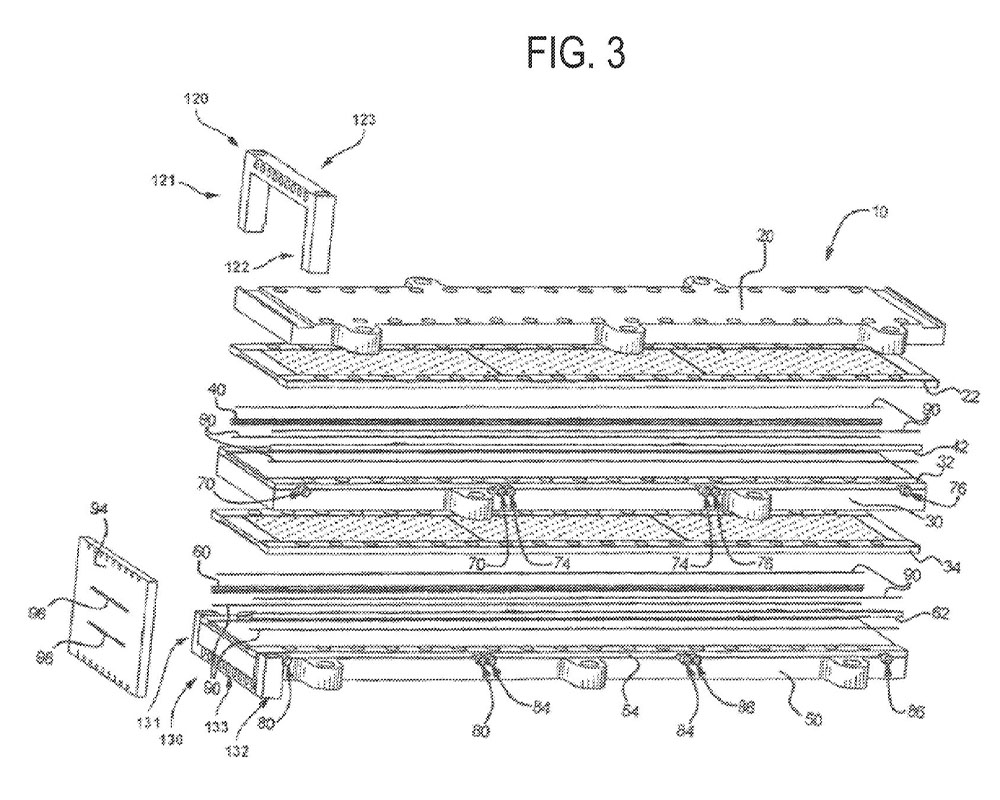 US Patent No. 11,064,720 (July 20, 2021), Cully, K. J. et al., assigned to Societe des Produits Nestle S.A., Vevey, CH.
US Patent No. 11,064,720 (July 20, 2021), Cully, K. J. et al., assigned to Societe des Produits Nestle S.A., Vevey, CH.
Methods and devices for heating or cooling viscous materials
Nestlé describes a technique for heating and cooling meat emulsions and other viscous substances. The processing method includes three plates and spacers through which a product may pass through to be exposed to heat energy, effectively increasing production rate without increasing the footprint of the equipment on a manufacturing floor.
US Patent No. 11,064,720 (July 20, 2021), Cully, K. J. et al., assigned to Societe des Produits Nestle S.A., Vevey, CH.
August 2021
Co-extruded pet food compositions and methods for producing the same
Mars, Inc. describes a formulation and processing method using two extruders to achieve a finished co-extruded dog treat product containing 30% to 50% of the first composition and 50% to 70% of the second composition. These methods can be applied to semi-moist dog treats containing bacon or cheese ingredients.
US Patent No. 11,102,993 (Aug. 31, 2021), Stewart, D., assigned to Mars, Incorporated, McLean, VA.
September 2021
Compositions and methods that modulate digestibility in a companion animal
Another invention from Nestlé, this patent addresses improving the digestibility of a companion animal diet by identifying metabolite compounds correlated to the digestibility of organic matter, dry matter, fiber, energy, fat and protein. The invention also aims to minimize costs associated with formulation and production while achieving greater digestibility.
US Patent No. 11,109,611 (Sept. 7, 2021), Middleton, R. P. et al., assigned to Societe des Produits Nestle S.A., Vevey, CH.
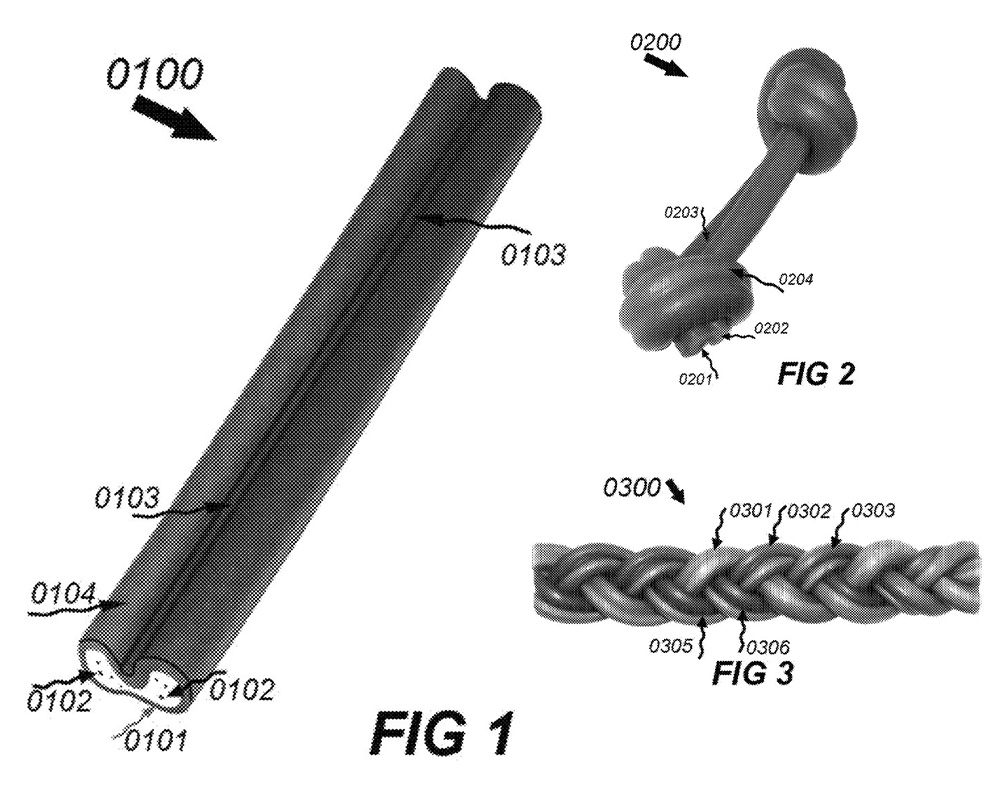 US Patent No. 11,122,820 (Sept. 21, 2021), Xu, G., assigned to Shanghai Sunlight Innov Trading Co., Ltd., Shanghai, CN.
US Patent No. 11,122,820 (Sept. 21, 2021), Xu, G., assigned to Shanghai Sunlight Innov Trading Co., Ltd., Shanghai, CN.
Edible pet chew of artificial bully stick
This pet chew invention is an alternative take on the traditional bully stick, formulated with at least 20% plant-based ingredients and conventional pizzle to imitate a 100% animal-based bully stick. The edible chew is extruded and formulated for palatability and durability. The patent includes several shape and format variations.
US Patent No. 11,122,820 (Sept. 21, 2021), Xu, G., assigned to Shanghai Sunlight Innov Trading Co., Ltd., Shanghai, CN.
Compositions and methods that modulate bacteria in a companion animal
Using a predictive model, Nestlé describes a method of regulating bacterium in a companion animal diet, specifically Bifidobacterium, Lactobacillus, or Clostridium perfringens. The invention comprises least four distinct metabolites that can variably modulate compounds that positively or negatively affect the bacterium.
US Patent No. 11,122,821 (Sept. 21, 2021), Middleton, R. P. et al., assigned to Societe des Produits Nestle S.A., Vevey, CH.
October 2021
Microwave sterilization or pasteurization
Pasteurization in the pet nutrition space is being used to sterilize diets without harming sensitive ingredients or massively altering the nutritional composition of certain ingredients. Here, Washington State University describes processing systems and components for microwave sterilization or pasteurization, which involves immersing a food item in fluid, then subjecting it to pressure or applying microwave energy to the product, in order to preserve the food and protect against microbial growth during storage.
US Patent No. 11,140,913 (Oct. 12, 2021), Tang, J. et al., assigned to Washington State University, Pullman, WA.
Eicosapentaenoic acid-producing microorganisms, fatty acid compositions, and methods of making and uses thereof
This patent describes methods of isolating and producing microorganisms, microbial oils and cultures, as well as their uses for food products, cosmetics and pharmaceuticals. This involves the isolation and production of fatty acids, including Omega 3 fatty acids such as EPA, which are cropping up increasingly in the functional pet nutrition space.
US Patent No. 11,154,076 (Oct. 26, 2021), Apt, K. E. et al., assigned to DSM IP Assets B.V., Heerlen, NL.
Process for dusting animal food
This patent granted to Mars, Inc. describes a process of dusting dry pet food with a powder composition comprised of an active ingredient, such as a probiotic, without major use of a binder. According to research cited by Mars, probiotics can be added to an extruded pet food formulation to improve companion animal health.
The invention addresses the cost barrier of this practice and the sensitivity of active ingredients like probiotics, and introduces a new, cost-effective way to incorporate these ingredients onto a finished product.
US Patent No. 11,154,077 (Oct. 26, 2021), Corrigan, P. J. et al., assigned to Mars, Incorporated, McLean, VA.
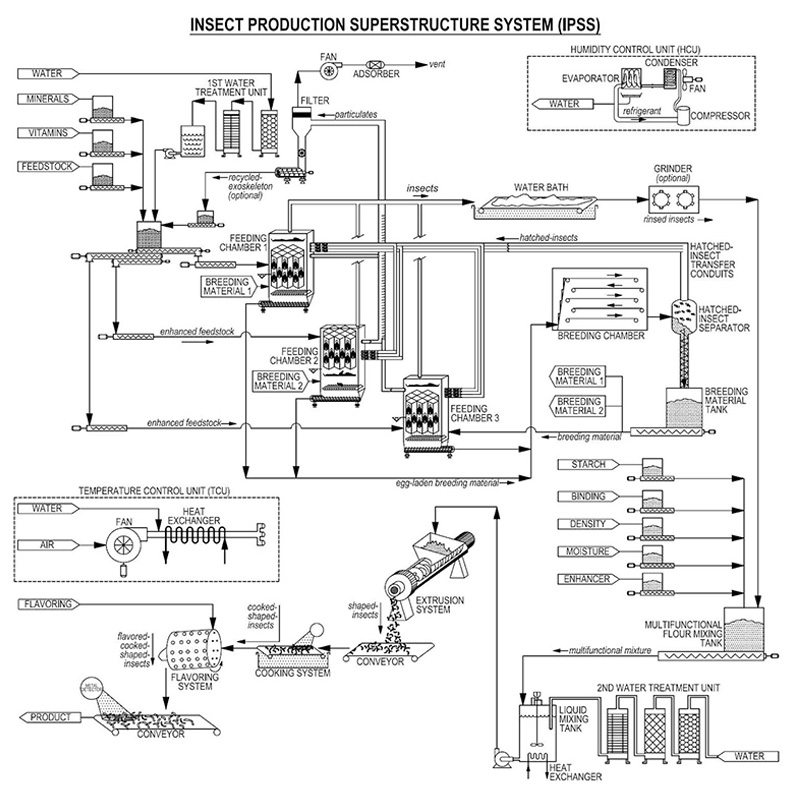 US Patent No. 11,154,085 (Oct. 26, 2021), Leo, D. M., assigned to Insectergy, LLC, Baltimore, MD.
US Patent No. 11,154,085 (Oct. 26, 2021), Leo, D. M., assigned to Insectergy, LLC, Baltimore, MD.
Cooked and shaped food compositions comprising insects
With a surging global population, many companies are addressing the need for alternative, sustainable food solutions to keep the increasing number of people and pets fed through the 21st century. Insect-based food ingredients is one category gaining traction in this space. This patent introduces concepts for producing various food products from insects, including cooked, fried, dehydrated and freeze-dried solutions for human and animal consumption.
US Patent No. 11,154,085 (Oct. 26, 2021), Leo, D. M., assigned to Insectergy, LLC, Baltimore, MD.
November 2021
Devices and methods for pasteurizing and/or sterilizing particulate material, and cartridge
In this patent, Bühler describes methods for pasteurizing and/or sterilizing particulates, specifically grains or flakes, that can eventually be used in food, pet food and feed products. The invention is a device that aims to reliably pasteurize or sterilize the particulates in a simple, high-throughput environment by using vibrating conveyors and an electron beam.
US Patent No. 11,166,472 (Nov. 9, 2021), Meneses, N. et al., assigned to Buhler Ag, Uzwil, CH.
Feed additive composition
This invention describes a feed additive to improve a raw material’s digestibility in a feed product, including pet food, as well as promote the growth of beneficial bacteria in an animal’s GI tract, by incorporating a specific combination of enzymes, namely a protease and a phytase.
US Patent No. 11,172,693 (Nov. 16, 2021), Millan, L. F. R., assigned to DuPont Nutrition Biosciences APS, Copenhagen, DK.
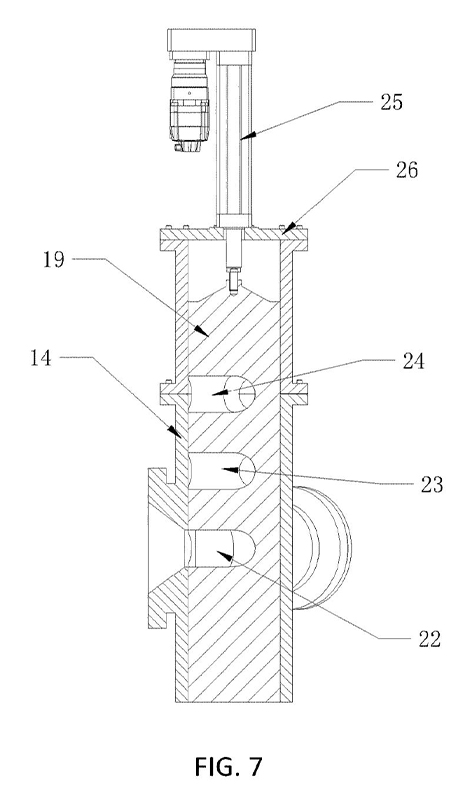 US Patent No. 11,178,897 (Nov. 23, 2021), Strathman, R. T. et al., assigned to Famsun Co., Ltd., Jiangsu, CN.
US Patent No. 11,178,897 (Nov. 23, 2021), Strathman, R. T. et al., assigned to Famsun Co., Ltd., Jiangsu, CN.
Extruder with non-stop die change device and method of using same
Dry pet food is historically the No. 1 seller in the United States, and most dry pet diets on the market today are produced through extrusion. According to Famsun Co., most extruders produce multiple products in a given day, and changeover from product to product can take up to 60 minutes for a skilled operator. This invention describes a non-stop die change device that allows extruder dies to be changed without halting the extrusion process, allowing for continuous processing and more seamless product changeovers.
US Patent No. 11,178,897 (Nov. 23, 2021), Strathman, R. T. et al., assigned to Famsun Co., Ltd., Jiangsu, CN.
Non-meat food products having appearance and texture of cooked meat
How to make meatless proteins look and feel like real meat? Nestlé addresses this alternative protein demand with this patent, which describes various methods of achieving a texturized protein. One method describes mixing dry vegetable proteins with wet ingredients, like water or oil, and applying varying amounts of pressure during cooking and cooling.
US Patent No. 11,185,082 (Nov. 30, 2021), Cully, K. J. et al., assigned to Societe des Produits Nestle S.A., Vevey, CH.
Extruder system and method
Mars, Inc. describes a system and method for extruding multiple products with different characteristics through a single extruder. The satellite assembly can be attached and removed to the main extruder, offering flexibility for multiple streams. The satellite extruders can operate at different parameters, including temperature, pressure, moisture and shear.
US Patent No. 11,185,094 (Nov. 30. 2021), Willcocks, N. et al., assigned to Mars, Incorporated, McLean, VA.
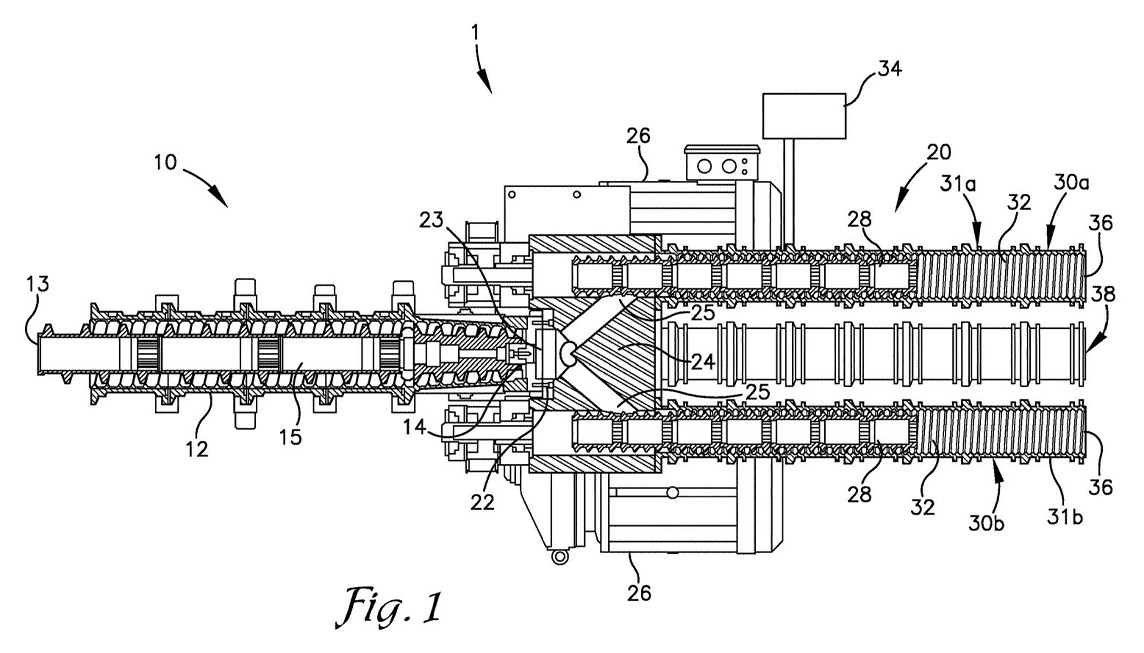 US Patent No. 11,185,094 (Nov. 30. 2021), Willcocks, N. et al., assigned to Mars, Incorporated, McLean, VA.
US Patent No. 11,185,094 (Nov. 30. 2021), Willcocks, N. et al., assigned to Mars, Incorporated, McLean, VA.
Methods for modulating taste receptors
Pet food palatability is a complex science based around basic taste receptors, one of which is umami. This invention relates specifically to feline umami taste receptors and methods of enhancing or modifying umami flavor profiles of a pet food product in a way that makes them more desirable to cats.
US Patent No. 11,185,100 (Nov. 30, 2021), McGrane, S. J. et al., assigned to Mars, Incorporated, McLean, VA.
December 2021
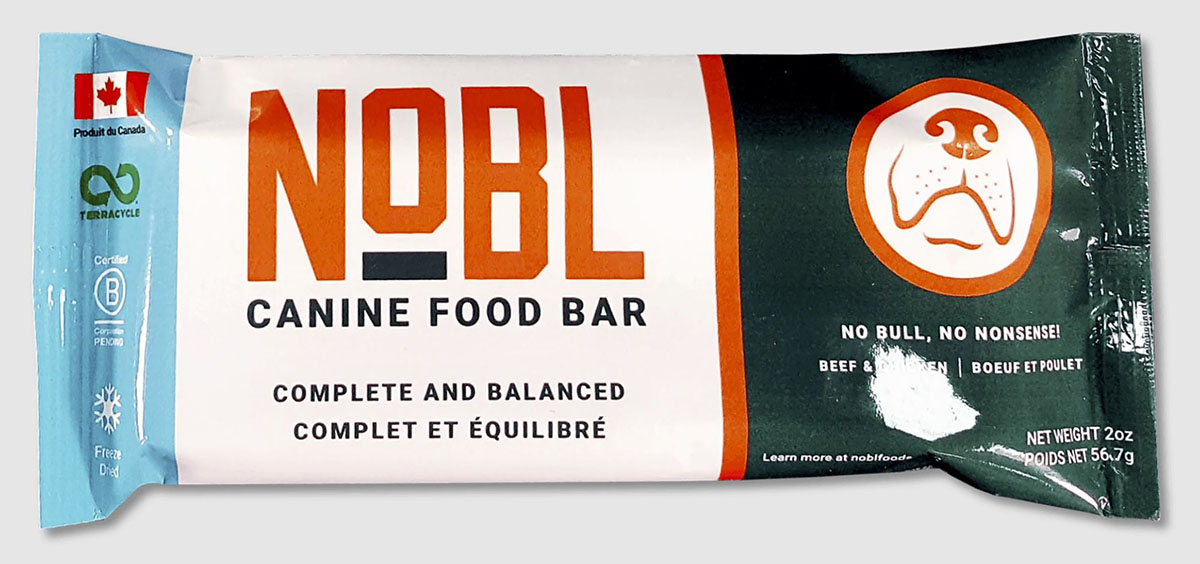 US Patent No. 11,206,852 (Dec. 28, 2021), Galovski, J. et al., assigned to Guardian Pet Food Company, Needham, MA.
US Patent No. 11,206,852 (Dec. 28, 2021), Galovski, J. et al., assigned to Guardian Pet Food Company, Needham, MA.
Compact nutrient dense freeze-dried pet food product
Guardian Pet Food Company was awarded a patent for its freeze-dried, 100% complete-and-balanced pet food meal bar, which is formulated primarily with animal protein and includes vitamins and minerals from fruits and vegetables. The semi-fractural product can be broken into smaller pieces during feeding, and the freeze-dried format follows the vein of emerging alternative pet food solutions.
US Patent No. 11,206,852 (Dec. 28, 2021), Galovski, J. et al., assigned to Guardian Pet Food Company, Needham, MA.
Read more about product development, ingredients and formulation.
